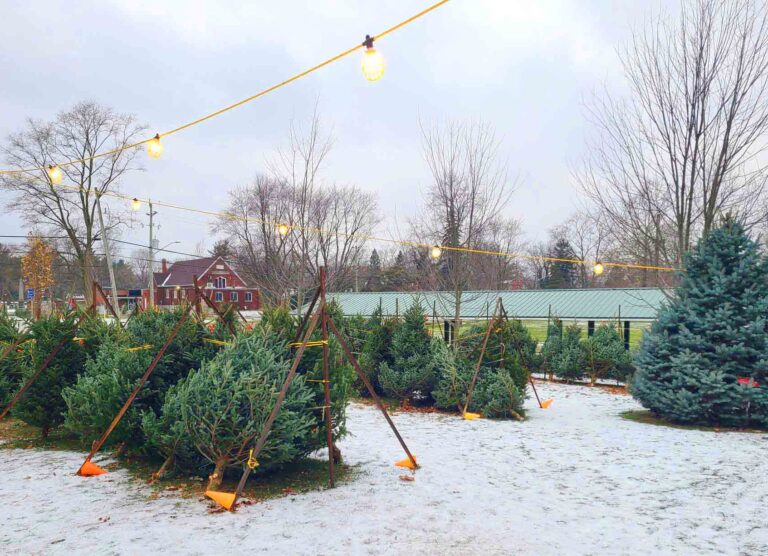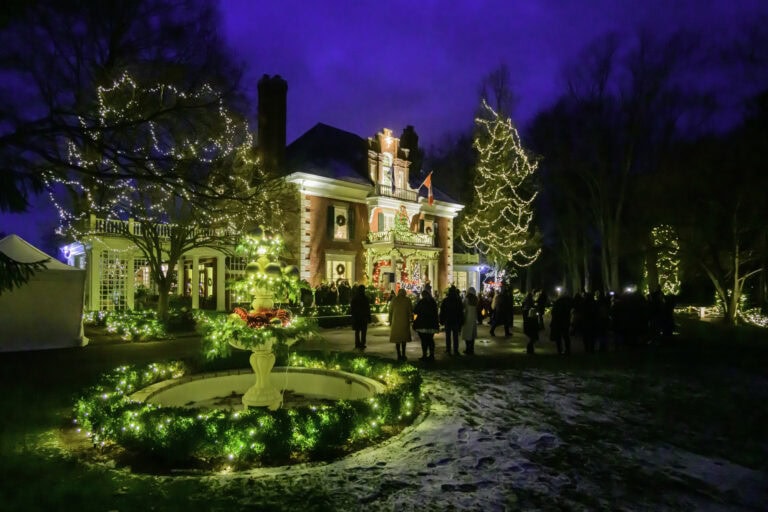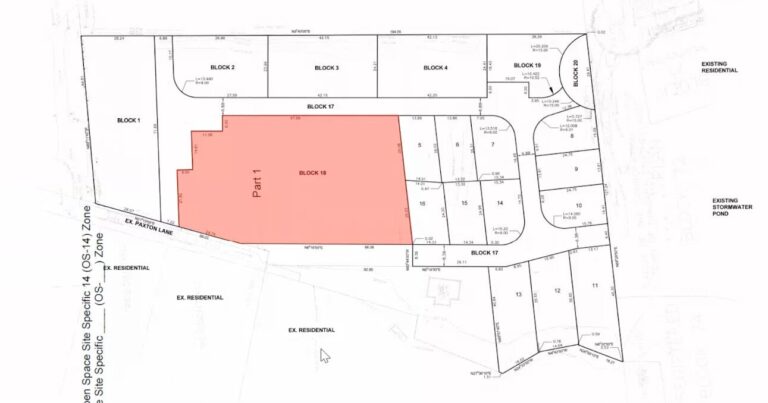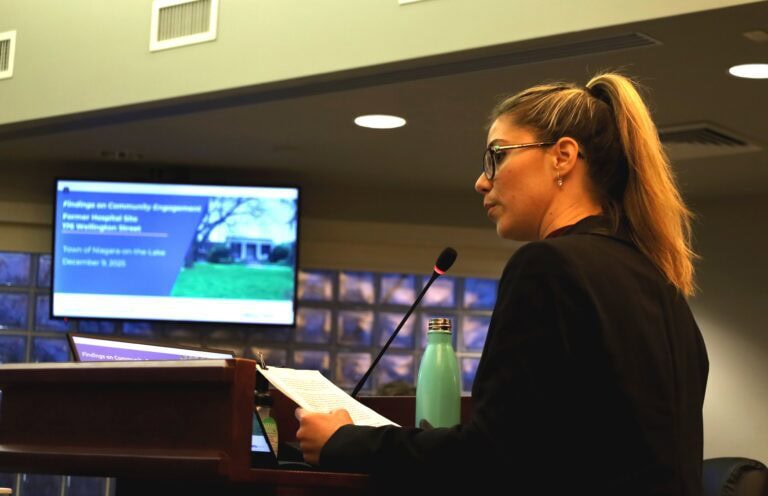Some parents and a Niagara-on-the-Lake councillor say the funding earmarked in the local school board’s new budget for classroom renovations at St. Davids Public School won’t go far enough to address the school’s overcrowding problem.
The school is set to receive about $60,000 to renovate its classrooms, says Milica Petkovic, spokesperson for the District School Board of Niagara.
“$60,000 doesn’t go very far in today’s construction and renovation costs, especially when dealing with a worsening overcrowding issue that requires much larger-scale planning,” said Andrew Stewart, a parent with kids at St. Davids.
Although he welcomes any investment in their children’s learning environment, Stewart said, “Any renovation does not solve the root problem.”
And despite long-standing calls from some parents, there’s still no high school planned for NOTL in the newly approved budget.
The board’s latest budget, approved in late June, comes in at about $666.8 million — a hike of almost $34 million from last year.
Construction at St. Davids is expected to begin “shortly,” said Petkovic in an email, though she did not confirm exactly when, or whether the school has already received the funding.
Petkovic said the capital budget includes renovations that are “focused on classroom space” at St. Davids, but not at Crossroads Public School, which she described as a newer building “with no renovations currently required.”
Coun. Adriana Vizzari, who has had children at St. Davids since 2021, says she’s concerned the funding might not be new at all — and that it may not address the school’s most urgent needs.
This fall, St. Davids Public School will begin another year with a student population larger than the school’s capacity, according to the school board’s 2023–2032 long-term accommodation plan.
“As a local councillor and advocate for St. David’s School, I’m pleased to see $60,000 allocated in the (District School Board of Niagara) budget,” said Vizzari in a direct message.
“However, with enrolment rising and the school’s library now being converted into a classroom for the upcoming year, I have concerns about whether this funding is truly new or simply already committed.”
She added that if the money has been allocated to renovations when other classrooms in the area are sitting empty, “that’s a disappointing use of resources.”
“I’ll be pushing for clarity and advocating for investments that directly address the school’s growing needs to help manage overcrowded classrooms,” Vizzari said.
Stewart called the planned funding to expand “an already overcapacity school” a “misallocation of resources” that could’ve gone to upgrading the current classrooms instead.
“Additional washroom facilities, improved parking infrastructure, and better allocation of space are urgently needed,” he said, adding that the current conditions “do not encourage a thriving learning environment.”
But he said, dedicated teachers at the school still work through the challenges of overcrowding, “thankfully.”
Real improvement, he said, won’t happen until school boundaries — which determine where students go to school based on where they live — are adjusted, and a thorough review of how many students each school can handle, an enrolment audit, is completed.
Stacy Veld, treasurer for the District School Board of Niagara, told The Lake Report last month the board is aware of the overcrowding and is monitoring the situation, with recommendations expected to go to trustees this fall — though it’s unclear if they’ll directly address boundary changes.
As for a high school in NOTL, Petkovic said enrolment projections don’t support one.
“Based on this data, there is no demonstrated need for an additional elementary school or a secondary school in Niagara-on-the-Lake,” said Petkovic.
But the board will continue to monitor trends and projections, she said, adjusting plans as needed “so that schools are well-positioned to support students and families.”
The continued lack of a high school is “a serious concern of many parents,” Stewart said, adding the town is “in desperate need of one.”
“We fear that the poor planning which resulted in the closure of the high school will be repeated by the (District School Board of Niagara) in failing to move with any urgency to build a new one,” he said.
He said he’s heard about a long-term plan for a high school in Glendale being considered, but said he doesn’t have much confidence about that.
“We also see how the (District School Board of Niagara) was fully aware of the overcapacity at St. Davids several years ago and yet has done nothing to remedy the problem other than add portables,” he said.
“Unfortunately, privately funded builders can construct entire neighbourhoods quicker than a publicly funded school board can build a single school.”
The board uses data from its long-term 2023–2032 accommodation plan to guide funding and space planning decisions.
“We rely on detailed enrolment projections,” Petkovic said.
Along with enrolment, the board also considers student needs, residential development, school capacity, population trends, current offerings and resource allocation.
Petkovic said that data helps it decide things like where to add additional classrooms and where to assign staff, “ensuring staff are assigned where and when they are required.”
The budget follows the board’s strategic plan, complies with Ministry of Education requirements and was developed with “a strong focus on student success and well-being,” she said.
“(The board) approaches the budget with both responsibility and intention.”
The school’s principal, Carl Glauser, did not respond by press time to questions about the new funding and how it will — and will not — be used.








